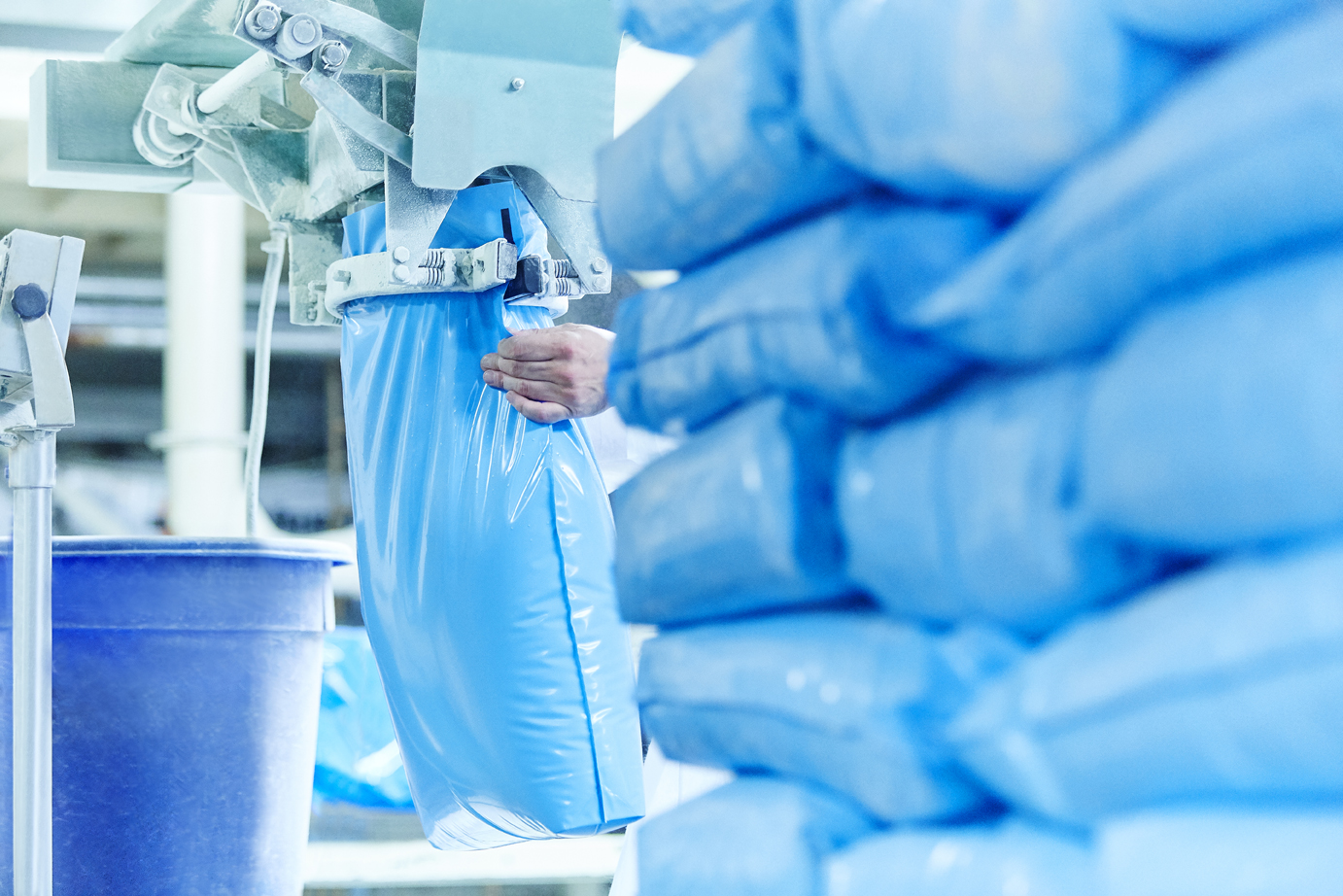Improve your packing line without machinery investment
02/11/2020
Flexipol’s block bottom sacks provide an outstanding alternative to standard pillow sacks or poly lined sacks, and they can be heat-sealed or stitched and run on an automatic, manual, or semi-automatic filling line.

Paper sacks have long been used in a wide variety of industries including packing ingredients, herbs, spices, animal feed, pet food, chemicals and aggregates. The paper sack is less hygienic, and more prone to infestation. Additionally, they are difficult to recycle, due to the need for a polythene liner inside them.
The ultimate sack to streamline your packing processes is Flexipol’s block bottom heavy-duty sack.
Flexipol’s block bottom sacks provide an outstanding alternative to standard pillow sacks or poly lined sacks, and they can be heat-sealed or stitched and run on an automatic, manual, or semi-automatic filling line.
The block bottom feature creates a stand-up pack for ease of filling, palletisation and reduced slippage, and the mitred gussets eliminate polythene entrapment which reduces product loss.
Proven to be more hygienic than paper alternatives, Flexipol bespoke block bottom sacks reduce potential infestation contaminants.
We can include up to 30% recycled content and can manufacture block bottom sacks featuring a black inner, white outer for increased UV protection.
Here’s the science behind the sacks. An independent study by the Carbon Trust to assess the carbon footprint of Flexipol 25kg polythene sacks against equivalent paper bag has proven that the carbon dioxide emissions of the polythene sack were 36% lower than the paper equivalent.
So not only can the sacks improve your packing line, making filling, sealing, handling and palletisation a lot easier, they’re also better for the environment than their paper alternative.
Get in touch if you want to revolutionise your packing line, and make the switch from paper sacks to block bottom sacks.

